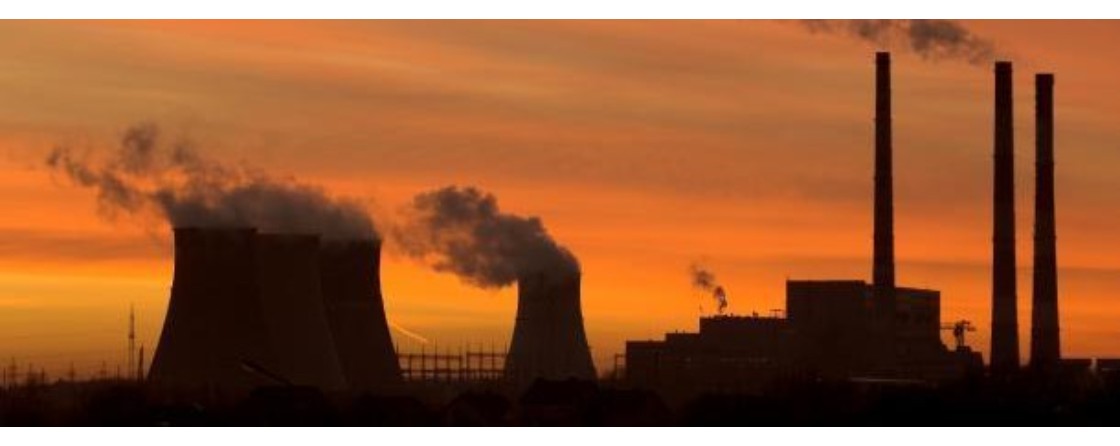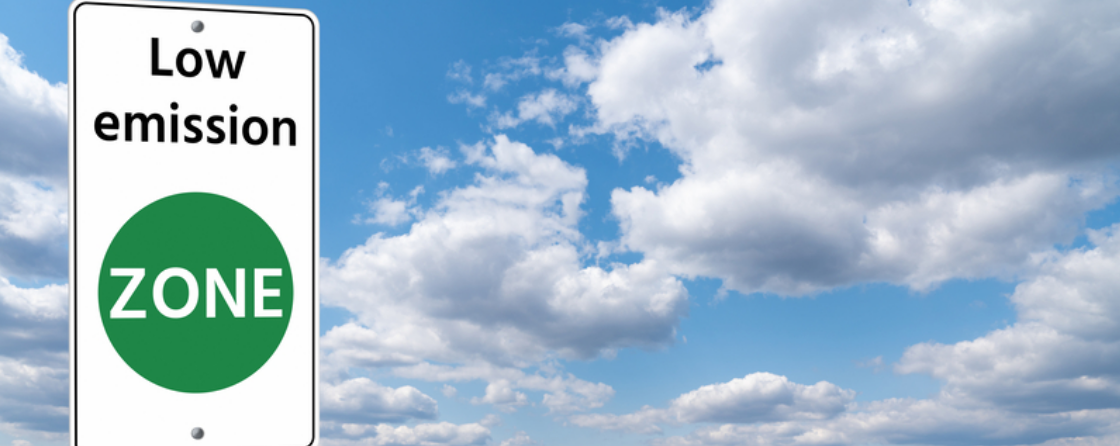Climate change is real. There is a way for India to deal with it, smartly.
Navroz K Dubash
November 6, 2019
In the seventh instalment of a monthly op-ed series in the Hindustan Times entitled ‘Clearing the Air,’ Professor Navroz K Dubash outlines five important messages from his recently-released edited book, ‘India in a Warming World: Integrating Climate Change and Development.’
Headlines this week warned that much of Mumbai and its suburbs could be under water due to climate change-related sea-level rise by 2050. Across India, 36 million people — equivalent to the population of Telangana — currently live below the elevation of an annual average flood in 2050.
This is the latest in a string of dire predictions. An ICIMOD assessment of the Hindu Kush suggests a 90% decline in glaciers through this century could place 86 million people in river basins at risk of food and water insecurity, and affect 10 times that number indirectly. Not all studies are projections. The Intergovernmental Panel on Climate Change finds that warming already experienced between 1981 and 2009 has reduced wheat yields by 5%. Emergent “attribution” science finds that a number of extreme weather events — floods, droughts, and heatwaves — in South Asia are partially attributable to human-induced climate change.
While the exact contours of the future are hard to predict, there is little doubt that climate change carries huge, negative implications for India. While India has historically, and justifiably, focused on our immediate development concerns — eradicating poverty, providing jobs and livelihoods, enhancing access to energy services — it is increasingly clear that climate is salient to development. There is no longer a pathway to development innocent of climate change.
The Indian policy conversation has to shift decisively from whether to address climate change to how to do so, but as part of a larger development challenge. A new collection of essays, India in a Warming World (full disclosure: I edited the volume), brings together scholars, policymakers, and practitioners to explore this question. At least five important messages emerge.
First, to recognise the interplay between climate and development, it is useful to take a sector-by-sector approach, and apply a “multiple-stressors” and “multiple-objectives” framework. Thus, for water, climate change is an additional stressor that can exacerbate existing stressors of urban development, industrial pollution, water-intensive cropping, and land-use change. And the objectives toward which we must manage and harness water are not just climate resilience, but also fair distribution, ecosystem flows, and economic efficiency, among others. This approach helps maintain the balance between development and climate, while accounting for the complexities of sectoral challenges.
Second, this approach can help identify clear areas where there are synergies, and where trade-offs exist, between development and climate objectives. An example of synergies include public transport, which promotes liveable cities and reduces air pollution. Greater efficiency in energy and water use also addresses multiple objectives with no trade-offs. Focusing on adaptation in vulnerable areas such as coastlines also bring large pay-offs. However, an example of a trade-off is the shift to commercial cooking energy such as gas, which brings enormous development gains, but may have climate downsides; in such a case, development imperatives have to be paramount. Fortunately, there are likely far more instances of synergy than trade-offs.
Third, climate change provides an opening, and even an imperative, to look beyond short term fire-fighting to longer term strategic visions of India’s development pathway. For example, the United Nations climate process requires India to produce a “mid-century strategy”. Given that we are locked into some warming, investing in climate adaptation is paramount. But we can also use this process to reflect on the viability of our current development path that has resulted in toxic air and unsustainable waters, quite aside from climate impacts. It also allows us to explore opportunities to remake our electricity sector, and take advantage of recent decline in renewable energy costs to build a competitive low-carbon economy. Climate change provides an opportunity to strategically reflect on both shortfalls and opportunities and set a course correction.
Fourth, these approaches require a high degree of analytical capacity, coordination ability, and strategic intent in climate governance. India will have to do better than thinly staffed climate “cells” in various ministries and departments. Emergent climate institutions need to engage more fully with researchers, develop coordination mechanisms across departmental silos, transcend the separation across national, state and local levels, and create bodies, perhaps akin to a National Security Advisory Board, to chart a strategic course. To understand climate and development in its complexity, make the right trade-offs, and be strategic, India requires improved governance and enhanced institutions.
Finally, climate diplomacy remains important, but with a dual function. Historically, India has focused on ensuring equity in climate outcomes. This remains important, especially as pressures for mitigation action grow with evidence of the scale of climate impacts. But equally, as a deeply vulnerable country, India has to push vigorously for more and more effective, global action on reducing emissions. India should strive to transform global climate politics in response to growing urgency, rather than being content being a relative leader in a class of laggards.
Navroz K Dubash is a Professor at the Centre for Policy Research, and the editor of ‘India in a Warming World: Integrating Climate Change and Development.’ This is the seventh article in a monthly op-ed series in the Hindustan Times entitled ‘Clearing the Air.’ The original article, which was posted on November 2, 2019, can be found here.
Read more in the Clearing the Air series:
India needs environmental governance
Green industrial policy is a timely idea for India to explore
Our clean air plan is a missed chance
Can India grow now and clean up later? No, it can’t
How to avoid the middle income trap
Existentialism with Equity: The Climate Dilemma



